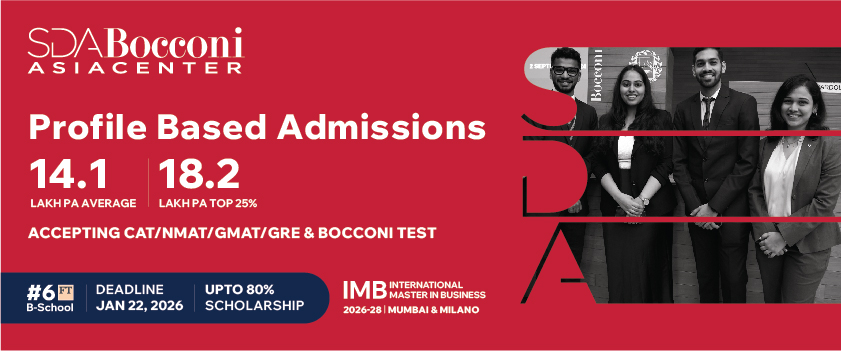Do you want to become a product manager? Do you wonder what a product manager actually does? What kind of background does a PM need to have? Must a product manager be an engineer? If these are some of the questions on your mind, check out this video featuring Harshil Adesara (Senior Product Manager at Flipkart, Ex Intuit, Ex Entrepreneur, IIM Indore Alum), Anusha Jayanti (Group Product Manager at Flipkart, Ex Dexetra, IIM Indore Alum), Anuraag Gupta (Senior Product Manager ar Microsoft, Ex Directi, ISB Alum) and Divya Anand (Senior Product Manager at Uber, Ex Amazon & HT Media, Published Author, SP Jain Alum, UCB Alum). Find out how a product manager thinks.
Summary
In this video featuring product managers from leading organisations, find out the skills and qualities that make a successful PM. From how a product manager thinks, to his or her daily tasks, this video gives you a small glimpse of it all.
Anusha takes you through the mindset of a PM, while Divya talks about the different types of product management. Anuraag shares resources and blogs that one can fall back on to learn about products. He shares how one can look at various products one uses daily from a product management perspective.
If you want to be a product manager in the future, this is a must watch!
Key Takeaways
1. It's not necessary to have an engineering background to be a product manager, but the understanding of code and architecture helps when working with digital products.
2. Hardware products and software products require different types of work from a product manager.
3. To get into the mind of a product manager, one can look at products one uses daily and see how they're built from the user perspective and how they can be improved.
4. All product management is about answering why.
Here's What We Recommend You Take A Look At Next
Presenting AltUni’s Advanced Product Management Program!
In this 2-month long, well-rounded program,
- Learn all of the advanced frameworks, that successful Product Managers use - Design thinking & prototyping to key metrics & data analytics.
- Master tools & techniques that Product Managers use every day like Balsamiq & MURAL
- Gain industry insights and learn directly from Product Manager experts who’ve worked with companies like Booking.com, Sharechat, Flipkart, Microsoft, Atlassian, etc
- Work on a Live Project with QuoDeck to gain industry experience
- Learn how to ace PM interviews with tips from guest experts in 1:1 mock interviews & profile building sessions
